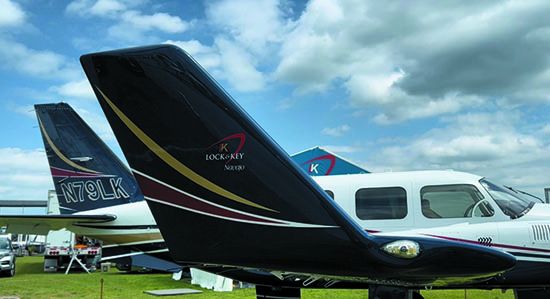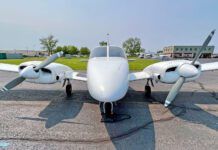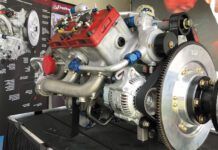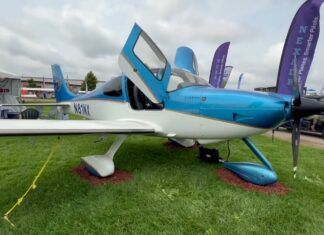ELECTRONIC IGNITION KITS
I read with interest Rick Durden’s article in the June 2022 Aviation Consumer regarding the installation of one or two Electroair electronic ignition systems on certified aircraft.
We recently replaced our failed right Bendix mag with a SureFly SIM on our Continental IO-520-equipped V35 Bonanza. So far great, even though ideally SureFly recommends it being installed on the left side. Our engine is beyond TBO and a replacement or overhaul is in the cards in the not too distant future.
My question is this: When we replace our engine, can we add an Electroair on the left side? Does the STC allow the two brands together in a dual installation assuming we opt for the backup battery or extra alternator?
Brian Muirhead – Granbury, Texas
You cannot. The STC installation manual doesn’t exactly say you can’t mix the two, but it does specifically say that a six-cylinder dual electronic ignition system will consist of two separate Electroair EIS-6000 series kits installed on a single engine (and two kits on a twin). Deviating from the manual would deviate from the STC.
Electroair’s Michael Kobylik told us you might be able to accomplish your installation under an FAA field approval, using both STCs as approved data. You would need either a backup alternator or the backup battery system. If you or anyone else is successful, we want to hear about it.
LOCK AND KEY NAVAJO
Although Larry Anglisano’s report on the Mike Jones refurbished Lock & Key Navajo (June 2022 Aviation Consumer) leads with alternatives to the Lock & Key, a more in-depth study of entry-level turboprops would show that perhaps the Jones Navajo is overpriced in comparison.
Piper Cheyenne I aircraft, for instance, are about half the price of a Lock & Key refurb. A few years ago I did significant research on the purchase and ownership costs of a Cheyenne I and could buy a 4000- hour, mid- or lower-time engined Cheyenne I for under $500,000. Even in today’s market, nice Cheyenne Is are available for $600,000 with around 5000 hours, newer hot sections and late-model Garmin avionics.
But here is the point: A Cheyenne I cruises at 240 to 250 knots on 60 GPH in the lower flight levels with a range we’ll over 1200 miles in pressurized comfort. In effect, the Cheyenne gets better gas mileage and it costs about half of the Mike Jones Navajo. Half a million dollars saved in the acquisition costs buys a lot of future maintenance—especially when invested at 8 to 10 percent.
Larry Weitzman – Hurricane, Utah
ADS-B FOR CANADA
Thank you for the detailed article in your June issue on ADS-B requirements for flying in Canadian airspace. My travel has me flying from upper New York State to Toronto in two airplanes—both equipped with Garmin GTX 345 ADS-B In and Out transponders. These are interfaced with the latest Garmin GTN 750 navigators.
My question is whether these latest transponders are currently equipped for the future space-based ADS-B tech coming to Canada.
Peter Weiss – via email
Unless these transponders are equipped with diversity circuitry (GTX 345D), they won’t work. These also utilize two antennas (top and bottom) to help reduce shadowing and improve line-of-sight performance. The GTX 345D has a list price of $7995.





